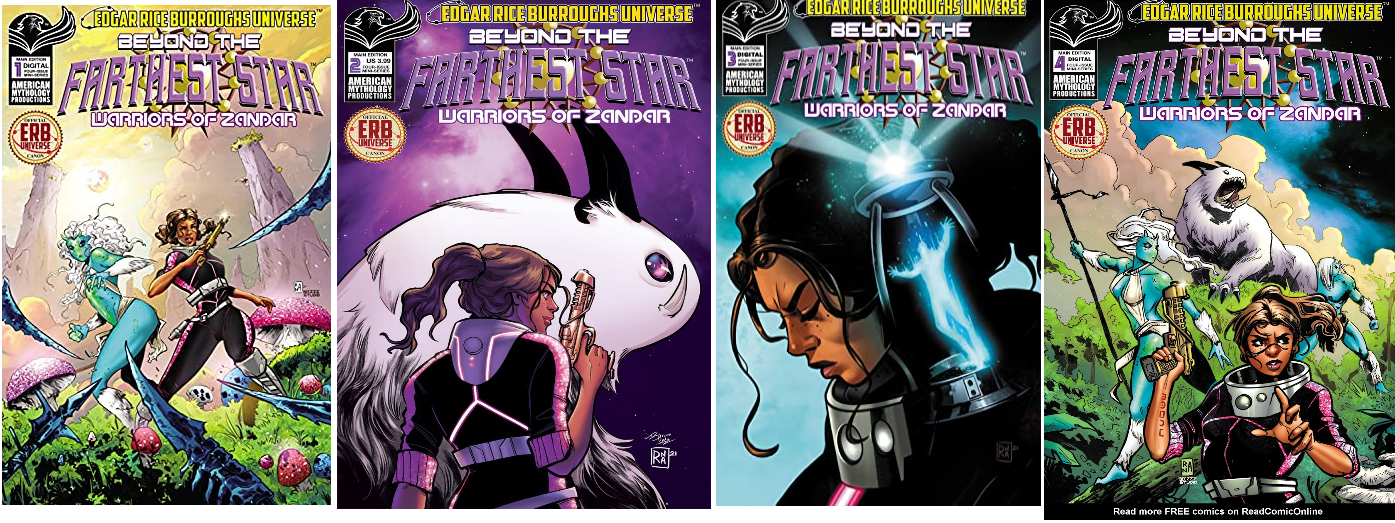When genre readers think of novellas, they tend to think of either TorDotCom, who release a steady stream of awards-nominated novellas every year (including this week’s release Feed Them Silence by Lee Mandelo, which I’ll be reviewing later today, and next week’s The Lies of the Ajungo by Moses Ose Utomi), or of magazines like Asimov’s, AnalogSF, and The Magazine of Fantasy and Science Fiction which have regularly featured novelettes and novellas in their monthly content over their decades of publication.
But there are plenty of other magazines and small press publishers bringing out novellas every year in a variety of genres, and I’d like to mention some of them. This is far from a complete list, and I encourage readers to mention any I don’t in the comments!
Neon Hemlock Press puts out novellas in the horror/SF/fantasy genres, with a focus on LGBTQIA+ creators and stories. They are currently in the last days of their annual novella crowdfunding event, where you can back (a.k.a. preorder) their 2023 slate in print and/or e-book formats. Go check them out before the crowdfunding effort ends on Thursday, March 16th at 4pm.
Speaking of queer-focused publishers: several items in the catalogs of both Lethe Press (including Octavia Cade’s The Stone Weta) and Rebel Satori Press are novella-length, spanning all the genres of speculative fiction and moving into historical, romance and mimetic fiction as well.
Looking novel-length queer romance? Check out Bold Stroke Books. I’m a particular fan of ‘Nathan Burgoine’s “Little Village” novella series, and I’ve been meaning to check out some of their lesbian romance novella collections.
Stelliform Press’s novellas focus on the on-going climate emergency and intersectional views of environmental justice, and range in genre from horror (The House of Drought by Dennis Mombauer) to fantastic science fiction (Weird Fishes by Rae Mariz), and every point in between. Their latest, Another Life by Sarena Ulibarri, comes out May 25th.
If the classics and mimetic fiction are more your thing, look no further than Melville House Publishing. Their “Art of the Novella” collection reissues classic novellas, some in solo book form for the first time ever. They also have a “Contemporary Art of the Novella” series if you’re looking for modern mimetic works at novella length.
Aqueduct Press’ Conversation Pieces series brings feminist science fiction to the demanding reader. While not every volume in this long-running series is a novella (some are poetry or short story collections, others works of non-fiction), quite a few are. Recent releases include To The Woman in the Pink Hat by LaToya Jordan and Apollo Weeps by Xian Mao.
On the mystery side of things, The Mysterious Bookshop’s Bibliomysteries series are usually novelette length excursions into everything from noir to cozy mysteries.
And in addition to the magazines listed at the start of this post, I would be remiss in not mentioning Clarkesworld, which also regularly includes novellas in their pages.







